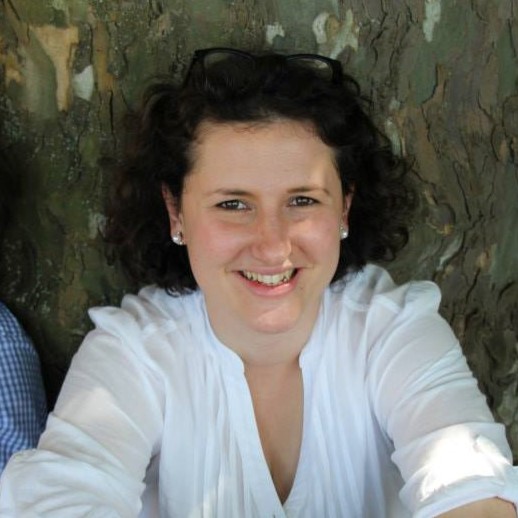Case Studies
Envisioning Circular Urban Projects, Cities and Regions: the case of Porte Ouest in Charleroi, Belgium
The ‘Forging the Fallow’ project was developed by Cecilia Furlan, Sven Mertens, Matthias Salaets, Michaël Stas, and Benjamin Vanbrabant for the Europan 15 Open Competition. In this video, Cecilia describes the project’s approach and especially, how circularity informed the group’s design decisions. This case study represents a fine example of circular principles can be operationalized across time, spatial flows and flows and how the landscape profoundly connects and shapes these flows.
Main Takeaways
- Circular cities and regions are complex socio-economic and environmental systems.
- Mapping can help is draw a clear picture of what is available. There are several analytical tools for mapping: interpretative mapping, social impact analysis, thinking in time and flows, and systemic design.
- Circularity requires that we broaden our imagination and explore possible futures.
- In the case of Porte Ouest, three actions were proposed: regenerating, reconnecting and recirculating. These aimed at reactivating the landscape; re-establishing an infrastructural connection to the site; and developing new activities based on the life-cycle of local resources respectively.
- Whilst the spatial dimension is key, circularity can only be achieved through collaboration.
Project Details
Forging the Fallow
Location: Charleroi, BE
Program: Masterplan
Year: 2019-…
Client: City of Charleroi, Duferco
Status: Europan 15, Open competition, Runner up (no winning project selected)
Budget: n/a
Fallow team: Cecilia Furlan, Sven Mertens, Matthias Salaets, Michaël Stas, Benjamin Vanbrabant
Link to the Europan site.
Further Reading
- Fabian L. Giannotti E. & Viganò P. (2012). Recycling city : lifecycles embodied energy inclusion. Giavedoni.
- Furlan, C., Stas, M., Vanbrabant, B., & Mertens, S. (2018). Vers les Pays Vert: The metamorphosis of Charleroi territory. Officina, (21 (Natura)), 40-49.
- Furlan, C. (2019). Unfolding wasteland: a thick mapping approach to the transformation of Charleroi’s industrial landscape. In Mapping Landscapes in Transformation. Leuven University Press.
- Furlan, C., & Gonella, G. (2019). Oltre lo scarto: Il paesaggio post industriale della Val di Sambre. In Territorio e Produzione (pp. 30-37). Quodlibet.
